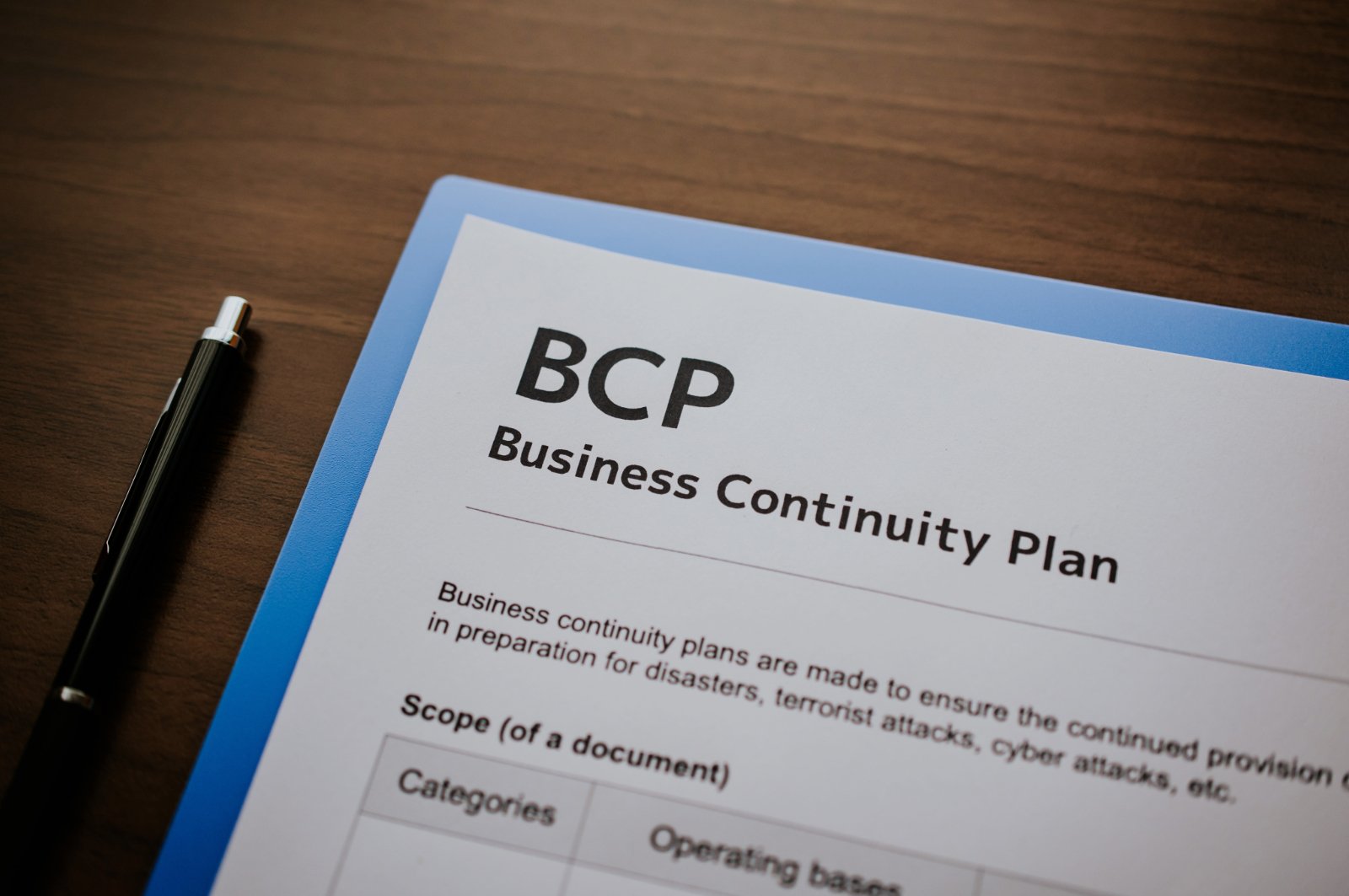Tech jargon can be confusing, and “gigabit” vs “gigabyte” is one of the most common mix-ups we encounter. The terms look and sound nearly the same, but they mean very different things – and understanding these differences is especially important when you’re comparing internet services or estimating data usage.
In this blog, we’ll clear up the confusion, explain what each term means, and show how to use them correctly when making decisions about your IT resources.
What Is a Gigabyte?
A gigabyte (GB) is a unit of digital storage. It’s what we use to measure the size of files, device memory, or data usage. For example:
- A 3-minute HD video file might be 1 GB in size
- Your phone might hold 128 GB of internal storage
- A cloud backup may use 50 GB of your data plan
Think of gigabytes as the “amount” of data – how much storage a file needs or how much data you’ve used on a plan.

How Big Is a Gigabyte?
Here’s the math:
- 1 GB = 1,024 megabytes (MB)
- 1 GB = 8 gigabits (Gb)
That last number is often where people get tripped up. The lowercase “b” (bits) is very different from the uppercase “B” (bytes).
What Is a Gigabit?
A gigabit is a unit of data transfer speed, not storage. When internet service providers (like us at Fatbeam) advertise speeds of “1 gig,” they mean 1 gigabit per second (Gbps), not 1 gigabyte.
A gigabit connection moves data at one billion bits per second. But because there are eight bits in a byte, a 1 Gbps connection transfers about 125 megabytes per second. That’s plenty fast, but it explains why you can’t download a 1 GB file in exactly one second, even on a “gigabit” connection.
Gigabit vs Gigabyte: What’s the Difference?
Still lost? Here’s a quick breakdown of the biggest differences between the two:

In short, gigabits measure how fast data travels, while gigabytes measure how much data there is.
Why the Confusion?
It’s easy to see why people get tripped up over gigabit vs gigabyte. They share similar prefixes, they’re abbreviated with just one different letter, and they often show up in the same conversations about the internet and data.
But mixing them up can create major misunderstandings.
For example, someone might hear “1 gig internet” and assume they can download a 1 GB file in one second. In reality, that 1 GB file would take around eight seconds to download on a 1 Gbps connection.
Even experienced IT professionals occasionally mix up the terms, which is why it’s important to clarify Gb vs GB in vendor contracts and service-level agreements.
Real-World Scenario 1: Gigabits in Fiber Internet
At Fatbeam, we deliver gigabit fiber internet across the Pacific Northwest and beyond. When we talk about a 1 Gbps connection, we’re referring to 1 gigabit per second of throughput, which equals 125 megabytes per second.
That speed lets your business:
- Upload a 500 MB file in ~4 seconds
- Stream multiple HD video calls without buffering
- Run cloud-based tools smoothly, even with many users online
- Back up large databases or VMs in real time
Plus, fiber scales easily. If your business needs more bandwidth, multi-gig options like 5 or 10 Gbps are available without having to replace your entire setup.

Real-World Scenario 2: Gigabytes in Business Operations
Gigabytes are what most businesses keep track of when it comes to storage and usage. For example, data plans usually list monthly allowances in GB or TB to give you an idea of how much data your team has used over time. Cloud storage is also measured in gigabytes, and most providers set limits or pricing tiers based on how many GBs of space you need.
Gigabytes also show up when software needs updating. A system patch or application upgrade might come in at a few gigabytes, and knowing its size can help your IT teams plan around bandwidth demands or downtime. Understanding how big a GB really is makes it easier to estimate how long a file transfer will take and how much storage you’ll need for media libraries, reports, or backups.
How To Avoid the Gigabit vs Gigabyte Mistake
Here are a few simple tips to keep things clear:
- Check Capitalization: Capital “B” means bytes, lowercase “b” means bits.
- Confirm With Vendors: Always ask whether your vendor is quoting Gbps or GBps.
- Double-Check SLAs: Make sure the units of measurement align with what you expect.
- Label Consistently: Use the same units throughout proposals, policies, or training materials to avoid mix-ups.
- Train Your Team: Make sure employees know the difference when reviewing contracts or usage reports.
- Create Reference Guides: A simple chart that shows bits vs bytes can help non-technical staff.

If you’re still not sure, just ask. It’s better to double-check than to end up with the wrong plan or underestimate bandwidth.
Fatbeam Delivers Gigabit (Not Gigabyte) Fiber
Gigabits and gigabytes may look and sound alike, but they serve very different purposes. Gigabits measure speed, while gigabytes measure data size, and mixing them up can lead to a lot of confusion when evaluating your options. Understanding them should give you a clearer picture of what your business really needs, whether it’s faster internet service, more storage capacity, or better planning for your IT resources.
At Fatbeam Fiber, we make sure your internet connection is crystal clear. Our fiber business internet delivers symmetrical gigabit speeds, so your uploads are as fast as your downloads – a must-have for cloud computing, video conferencing, and the large file transfers that many organizations depend on. And if your business needs multi-gig speeds, we can deliver those too.
Not sure how much bandwidth you need? Contact us today, and we’ll walk you through the options in plain terms so you feel confident in your decision.


